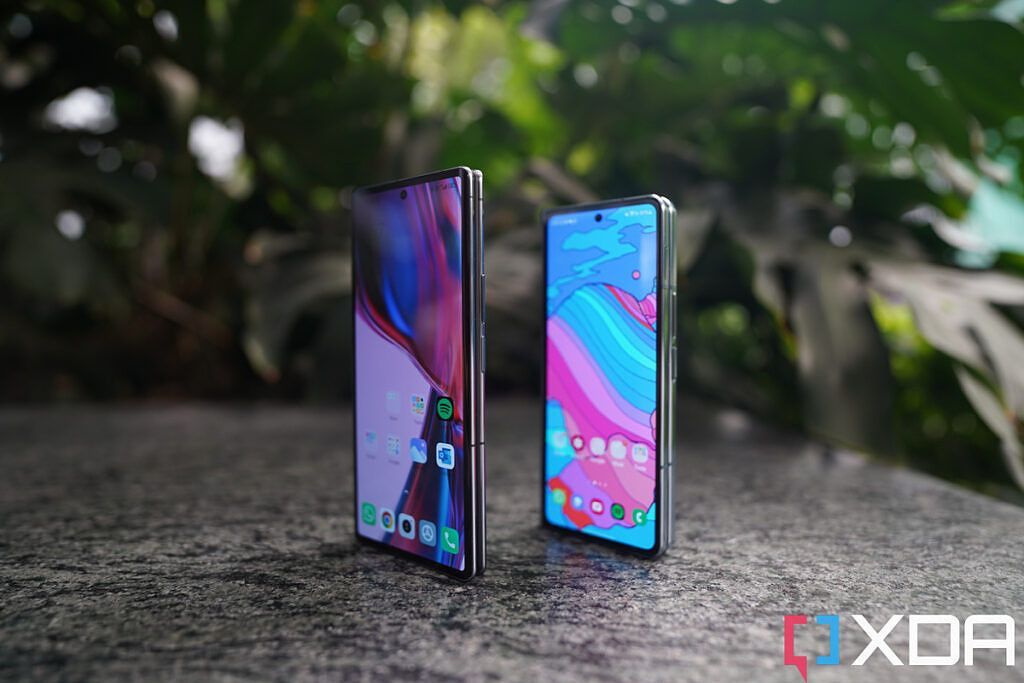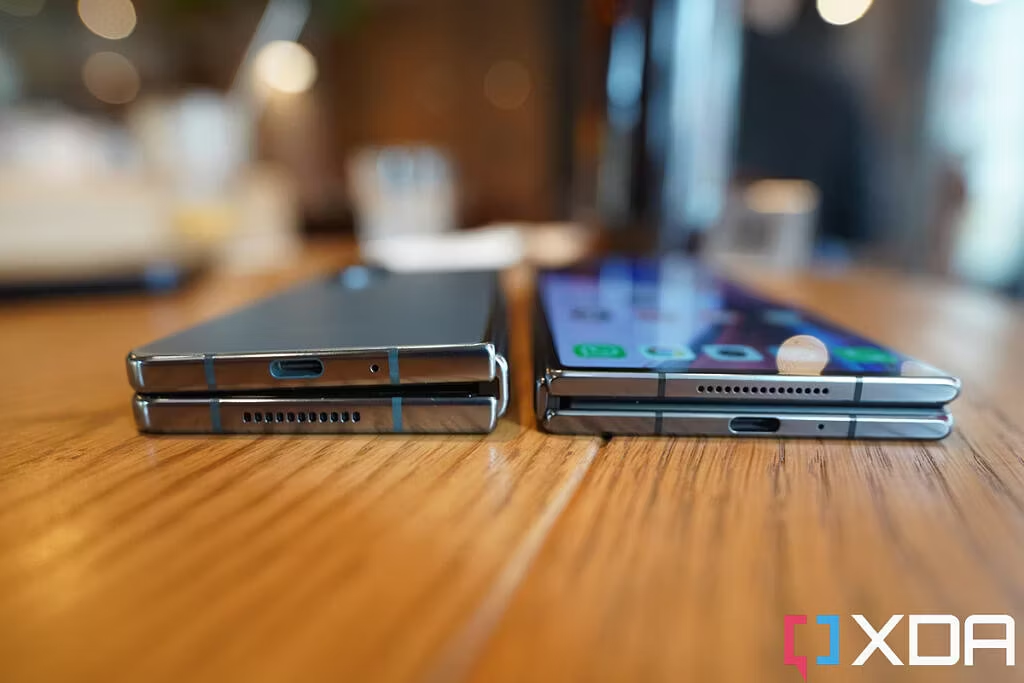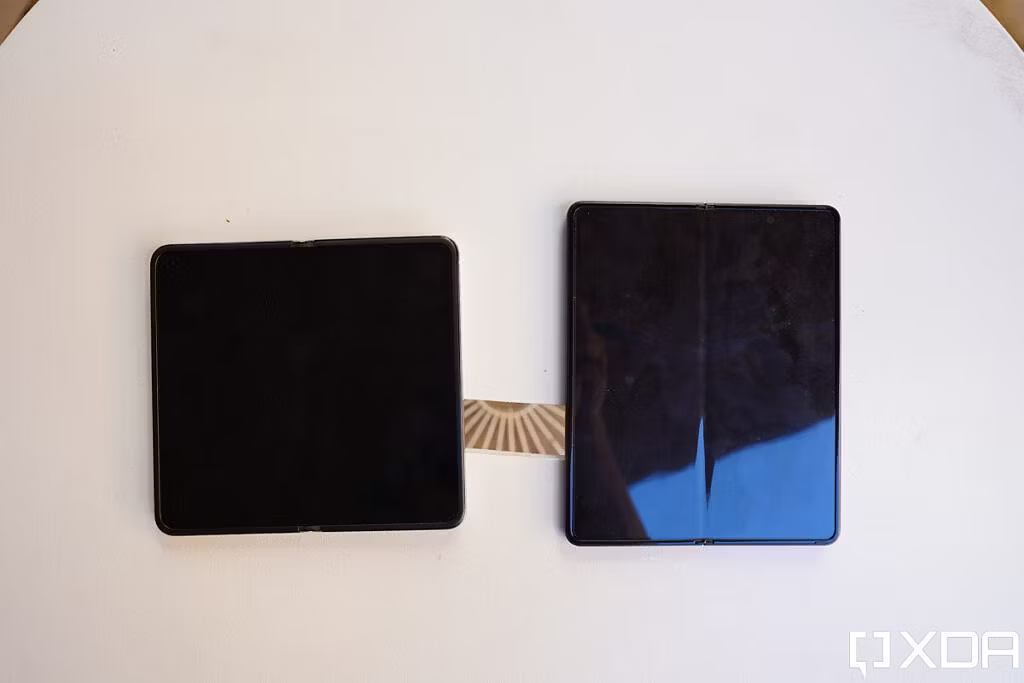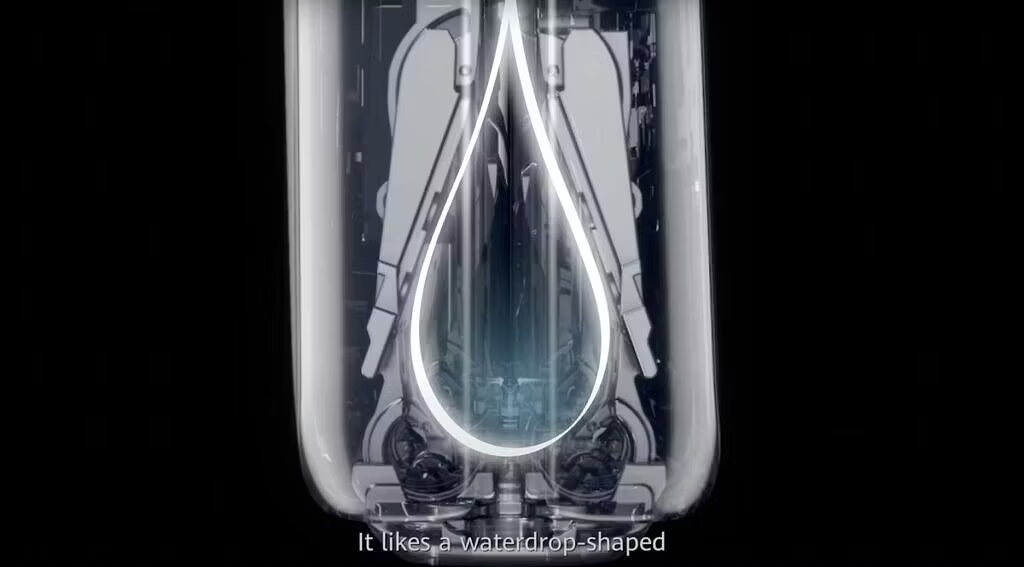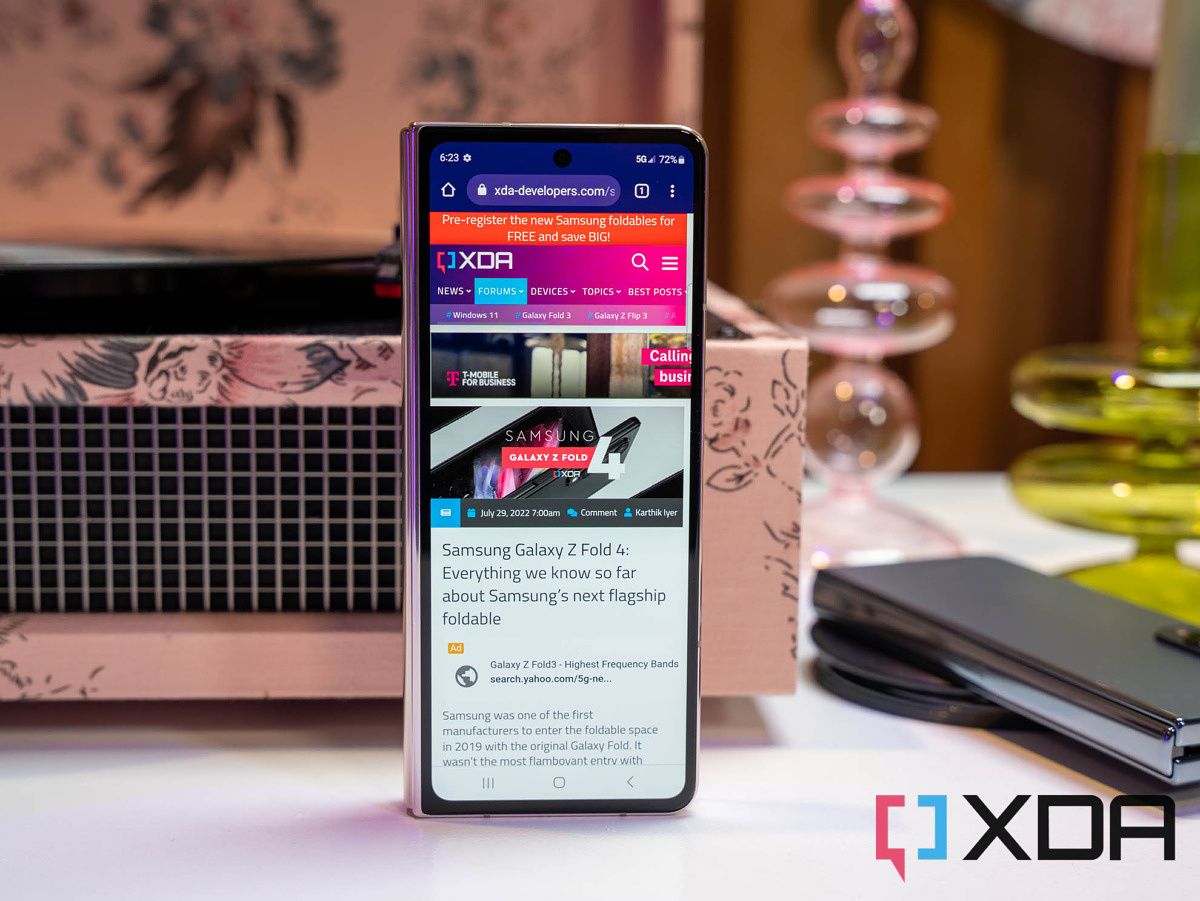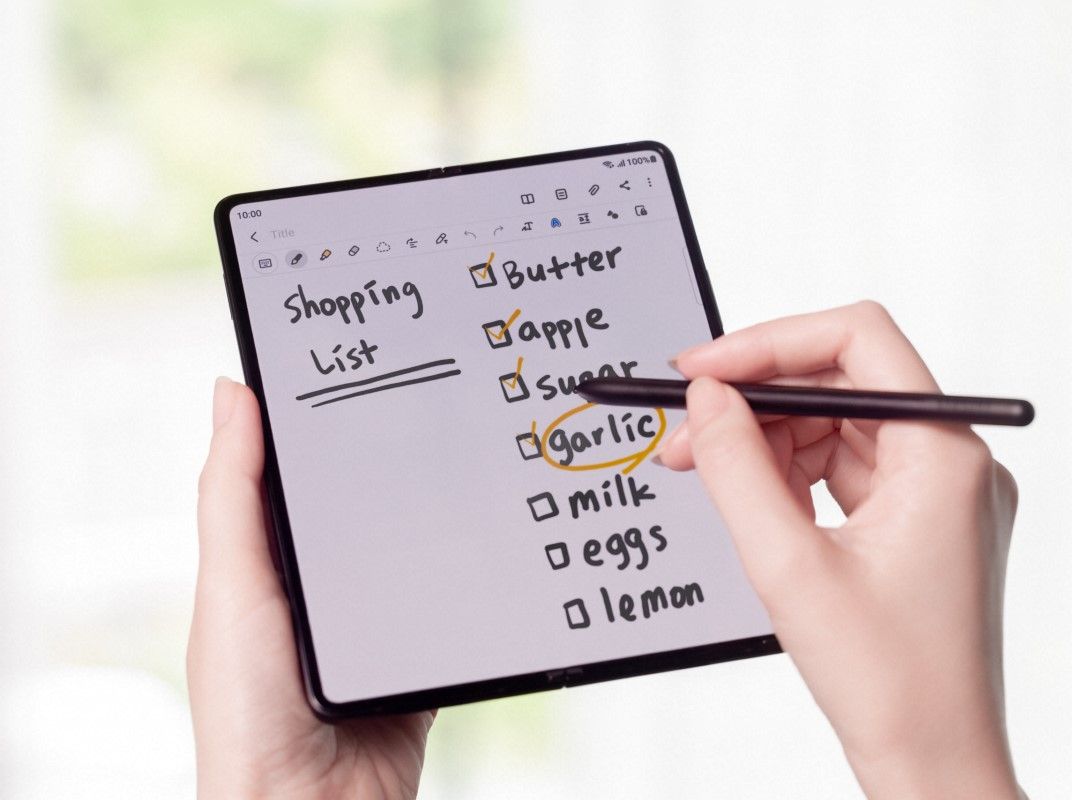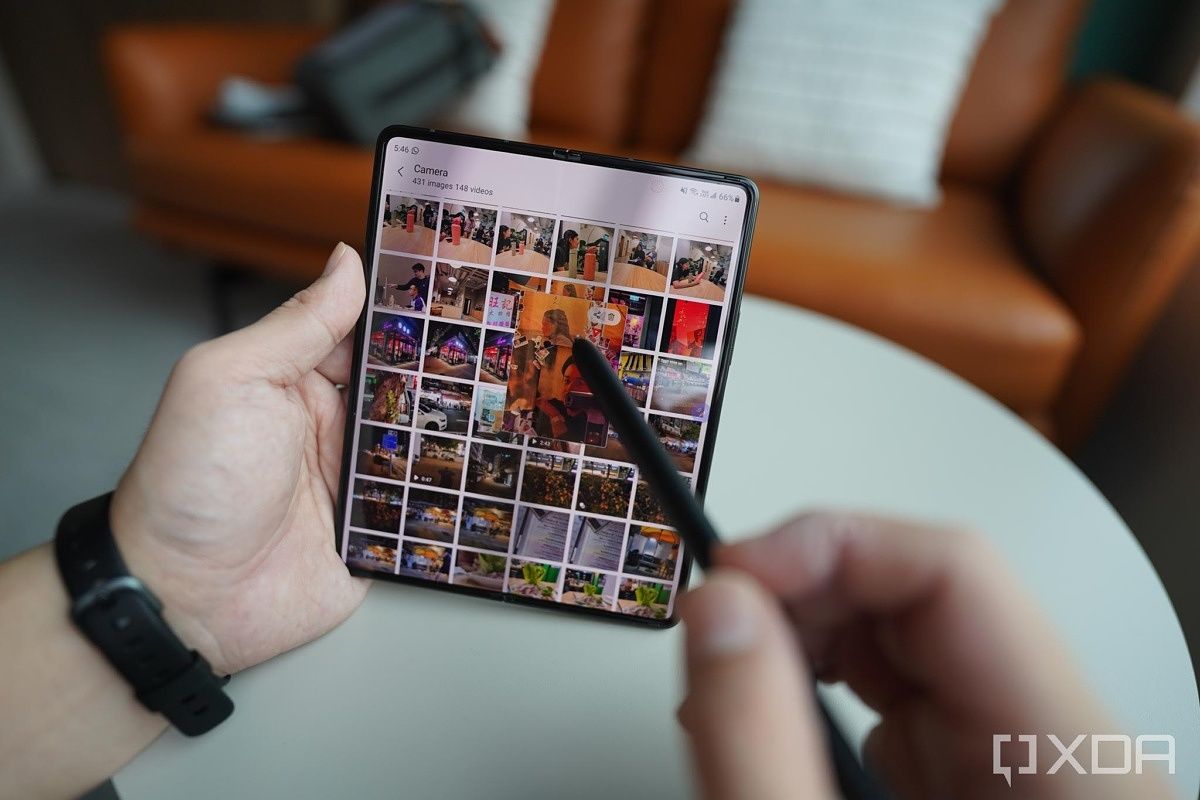Quick Links
Samsung's Galaxy Z Fold 4 is currently one of the best and most refined foldable phones you can buy in the U.S. But what if I told you Samsung doesn't actually make the most cutting-edge foldable hardware? The Z Fold 4's spot at the top has more to do with software polish and rivals' lack of market availability than the actual folding mechanism. Xiaomi's Mix Fold 2, for example, is significantly thinner; Vivo's X Fold and Huawei's Mate X2 have more advanced camera systems, and the Oppo Find N2 has a screen that is virtually crease-free. All of these phones can fold completely flat, while the Z Fold 4 still cannot. The newly launched Google Pixel Fold seems to be having some issues folding completely flat too, but I'll reserve my judgments on that for later.
The Galaxy Z Fold 4 is far from perfect, but thankfully we only have to wait for a few more months before we see its successor. That's right, the Galaxy Z Fold 5 — or whatever Samsung decides to call it — is the next big Samsung flagship to hit the shelves. We're only a few weeks away from an official announcement, so let's take a look at all the leaks, rumors, and speculations to see how this new foldable is shaping up.
Samsung Galaxy Z Fold 5: Pricing and availability
Samsung launched the Galaxy Z Fold 3 and Galaxy Z Fold 4 for $1,799, so it's fair to expect its next book-style foldable will cost the same, if not more. Samsung's foldables go head-to-head with some of the best smartphones out there with cutting-edge technology, so it's unlikely the company will drop the prices. However, I don't expect Samsung to increase the price of the base model because that would make it even more difficult to buy. All things considered, it's safe to assume that Samsung will maintain the same $1,799 pricing for the Galaxy Z Fold 5 when it arrives later this year.
Samsung has officially announced that it's hosting a Galaxy Unpacked event next month in Seoul, South Korea. The exact launch date is not set in stone yet, but it's said to be happening sometime in late July. I expect the phones to be available for pre-orders shortly after the event, and they'll likely hit the shelves in August. So if everything goes to plan, then we'll see the Galaxy Z Fold 5 alongside the Galaxy Z Flip 5 in a few weeks' time. We may also see the new Galaxy wearables debut alongside the foldables, but let's save that discussion for a different post.
Samsung Galaxy Z Fold 5: Design and specifications
The Galaxy Z Fold 5 may be a few months more away, but we already have a pretty good idea of what it would like, thanks to the leaked renders shared by OnLeaks. Here, take a look:
The renders showcase a phone that looks very similar to the Galaxy Z Fold 4. So if you were hoping for a radical design change then you're in for a disappointment. That doesn't mean the Galaxy Z Fold 5 is going to be a major let-down; there are plenty of ways in which Samsung can improve the foldable while keeping the same design. For instance, the company can ensure there's no crease in the middle of the folding display nor a gap when the device is fully folded.
More recently, we also got our first look at a few Galaxy Z Fold 5 cases, which also show a very familiar design.
The leaked images show a two-part clear case for the Galaxy Z Fold 5. The Galaxy Z Fold 5 appears to have the same overall form factor and screen size as the Galaxy Z Fold 4, meaning it'll be different from the likes of Oppo Find N2 and Pixel Fold, which have wider outer screens. You can, however, expect it to be a hair thinner and a few grams lighter. It remains to be seen how much of a difference it will make in the real world.
The Galaxy Z Fold 5 is also said to arrive with a new "water-drop" hinge and an IP58 rating, both of which will further refine the foldable experience. Things are still up in the air when it comes to the specifications, but it's safe to assume that both Galaxy Z Fold 5 and the Galaxy Z Flip 5 will use the same Snapdragon 8 Gen 2 chip that we saw in the Galaxy S23 range. It remains to be seen at this time whether Samsung will improve the camera system on the Galaxy Z Fold 5 by fitting some new sensors.
That's all the information we have about the Galaxy Z Fold 5 at the moment. We still don't know whether the Galaxy Z Fold 5 will get an S Pen slot in 2023 or a new set of cameras. In the meantime, you can read Ben Sin's wishlist for the Galaxy Z Fold 5 below.
Samsung Galaxy Z Fold 5: Wishlist
As someone who's tested literally every foldable phone ever released, I can think of a few things that Samsung can improve with the inevitable Z Fold 5. Of the five, the first four are entirely reasonable asks, because other brands have successfully given them to consumers. Only the last wish can be considered wishful thinking.
A thinner folded form, without a gap
Ever since the first Galaxy Fold in 2019, Samsung's foldables have not been able to fold entirely flat, leaving a gap at the folding point that adds extra thickness to a device. Considering the pioneering nature of the Galaxy Fold, it was excusable in 2019, or even in 2020. However, it's 2022, and at this point, it can't be called anything but a design flaw. Other foldable phones have been able to fold flat without any noticeable side effects for at least two years.
The problem is made more jarring with the release of the Xiaomi Mix Fold 2, which is unbelievably thin at 5.4mm unfolded and 11.2mm when folded. The Galaxy Z Fold 4, by comparison, measures 6.3mm unfolded and, thanks to the gap, gets as thick as 15.8mm at its thickest point. The Fold 4's hinge corners are also slightly pointy compared to softer corners in Xiaomi's foldables, so many users need a Fold 4 case, not for drop protection but to soften the hinge corners. There's no sugarcoating this: the Mix Fold 2 feels significantly better in the hand than the Z Fold 4, as we found in our review.
Unlike slab phones, where the pursuit of thinness can sometimes feel superficial, most foldable phones could use slimming down because they can feel like two phones stacked on top of each other. I wouldn't go as far as to say Xiaomi's foldable has solved the issue entirely, but it feels the closest to a "normal" phone in folded form than any foldable before it. After using it for a few weeks, returning to the Fold 4 was jarring and annoying. Samsung has to slim down its foldable design.
Get rid of the display crease
Another glaring flaw in the design that has been present since day one is the very noticeable crease. This, too, was something we as consumers accepted as a necessary compromise in the early days, but in the years since, several foldable phones have used the same inner fold design but somehow managed to make the screen crease more inconspicuous. Just look at the photos here of a Samsung foldable next to a Huawei and Oppo foldable.
The reason for the harsh crease in the Z Fold is due to the folding mechanism: Samsung's hinge design has the display fold at a single point, as if you're folding a paper in a half and pressing down on the folding point. Virtually all other foldable phones, such as the Oppo Find N, use a so-called "waterdrop" design, which sees the display tuck into a cavity built into the hinge where it can fold at a softer angle, like in the photo below.
When this waterdrop folding design was first introduced in 2019's Motorola Razr and then 2021's Huawei Mate X2, a case could still be made in favor of Samsung's design, because neither Motorola nor Huawei's hinges could stay in place mid-fold (a feature Samsung calls "Flex Mode"). But that's no longer the case. Phones like the Oppo Find N and Vivo X Fold offer Flex Mode while keeping the crease-free, waterdrop design. There's no good reason for Samsung to still stick with an objectively uglier folding design.
Give the Fold 5 your best possible camera system, Samsung
Even though the Galaxy Z Fold series is Samsung's most expensive mobile lineup, and is clearly where the company feels the future of mobile is going, it has never received Samsung's best possible camera system. In fact, up until the Fold 4, the Galaxy Z Fold series had camera hardware that was on par with Samsung's mid-tier phones. Only with this year's Fold 4 did Samsung finally upgrade the camera optics enough that they could be called flagship cameras, but even then, these are just Samsung's base model flagship specs.
The Galaxy Z Fold 4's camera system is essentially the same system used on the standard Galaxy S22, which itself was mostly unchanged from the standard Galaxy S21. These are capable cameras covering the usual wide, ultra-wide, and telephoto focal range, but lack the large sensor and Periscope magic used in Samsung's Galaxy S22 Ultra.
And don't think the Fold 4 not getting a large sensor main camera or Periscope zoom lens has anything to do with technical limitations because, once again, foldables from Huawei and Vivo accomplished this. If those companies can do it, Samsung surely can. I hope with the Fold 5, Samsung would stop holding back the optics in its most premium phone and just give us the best camera technology possible. We want that 10x Space Zoom in the Fold 5!
Widen the aspect ratio just a bit more
One subtle improvement Samsung made to the Galaxy Z Fold 4 this year was widened display aspect ratio. It was a very subtle increase of less than 2mm, but it improved the usability of the outside "Cover Display," mainly because the aspect ratio Samsung had chosen for the Galaxy Z Fold 2 and 3 were far too narrow.
For the Fold 5, Samsung should consider going wider, at least a little, so the phone in folded form could feel closer to a normal phone. For me, the Fold 4's outside screen is still a bit too cramped to type comfortably, and apps like Instagram still look odd on such an elongated display.
Give the S Pen a dedicated slot
The Galaxy Z Fold series gained support for Samsung's S Pen in 2021, but unlike the popular Galaxy Note series, the S Pen did not come included with the phone, and there's no place in the Fold's body to hold the stylus. This means the S Pen is not only an additional purchase, but most users would also have to buy a special case just to keep the stylus with the phone.
Wouldn't it be nice if Samsung just built a silo into the base of the Fold 5, where the S Pen can go? This was, after all, one of the major selling points of the Galaxy Note series, which the Fold series sort of replaced.
However, I know that adding a dedicated stylus slot into a folding phone is a tougher task than doing so on a typical slab phone because a foldable phone has a more complicated construction process, with more moving parts. There's also the aforementioned thickness/weight issue of foldables, and adding a dedicated stylus to the package would only add to that burden. Leaving space for a stylus within the Fold's body would also take up precious space that could be used for arguably more important components, like a larger battery or a better set of speakers.
This is why I called this wishful thinking because I would not compromise battery life or thinness/weight for an S Pen. But hey, with the way smartphone tech keeps making breakthroughs, maybe this could be possible for the Fold 6.
What does Samsung need to do?
Why does Samsung still lag behind? Part of this is, at least partially, a conscious decision on Samsung's part. The company has been vocal about trying to make its foldable phones more mainstream, and to do so, lowering the price was more important than chasing new breakthroughs. The fact that rival foldables with arguably superior hardware aren't on sale anywhere outside of China has made Samsung's decision to make modest year-on-year hardware upgrades easier to make.
I hope things change in 2023. With Chinese brands like Honor confirming it will launch a foldable globally, and rumors that Oppo/OnePlus will also do the same, maybe these will pressure Samsung to finally push the boundaries a bit more with the upcoming Z Fold 5.
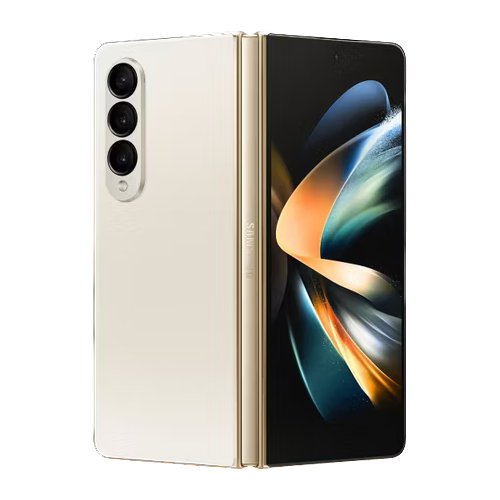
Samsung Galaxy Z Fold 4
The Galaxy Z Fold 4 brings back all the great things about the Fold 3, plus a much better camera system, a slightly wider outside screen, and smarter software.


